10 Health Benefits Of Sitting On The Floor
We’ve become so accustomed to couches, chairs, and office desks that the idea of sitting on the floor might seem unusual. But for many cultures around the world, it’s the norm. After all, floor sitting can improve mobility, strengthen muscles, and even boost longevity.
Here’s why you should consider swapping your seat for the floor.
Encourages Natural Spinal Alignment
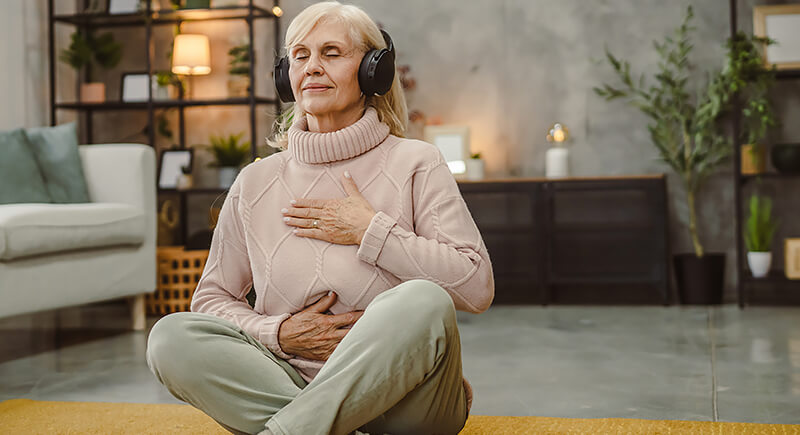
Credit: iStockphoto
Unlike cushioned chairs that promote slouching, floor sitting naturally encourages a straighter spine. Without back support, your muscles work to keep you upright and reduce neck strain and rounded shoulders. Over time, this practice can help improve posture and prevent the chronic aches that come with prolonged desk work.
Strengthens Core and Lower Back Muscles
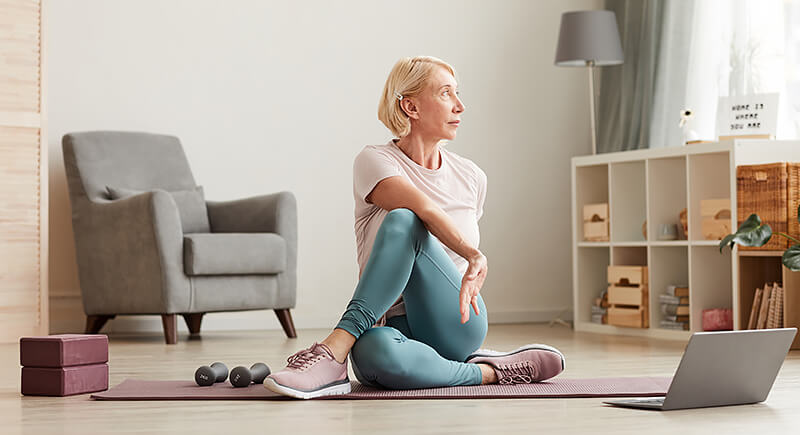
Credit: iStockphoto
Every time you lower yourself to the ground and sit unsupported, you engage your core, obliques, and lower back muscles. These muscles stabilize your body and support daily movements like bending, twisting, and lifting. Regular floor sitting can lead to a stronger, more resilient core, which is essential for balance and stability.
Increases Hip and Ankle Mobility

Credit: iStockphoto
If you’ve ever struggled to squat or felt stiff getting up from a chair, tight hips and ankles could be to blame. Sitting on the floor requires deep hip flexion and ankle dorsiflexion. The more you practice, the easier everyday movements—like crouching to tie your shoes—will become.
Reduces Lower Back Tension
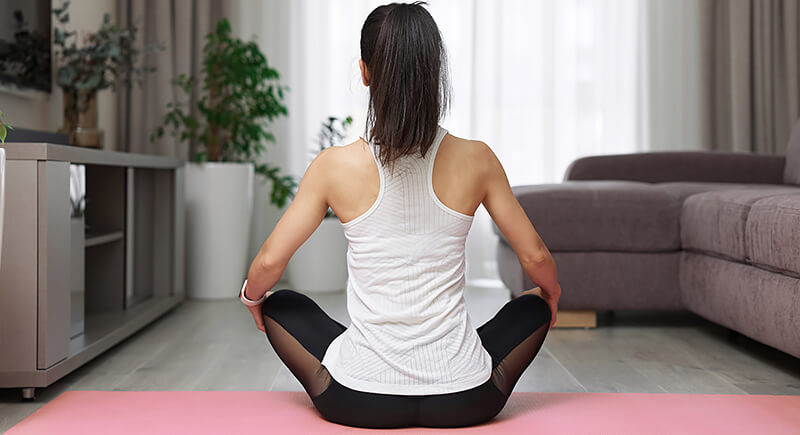
Credit: iStockphoto
Many chairs compress the lumbar spine and contribute to lower back pain. Sitting on the ground encourages a neutral pelvic position, which can help reduce discomfort and strain. It’s a natural way to promote spinal decompression and relieve pressure on the lower vertebrae.
Supports Joint Longevity

Credit: iStockphoto
Maintaining the ability to sit and rise from the floor without assistance is an excellent indicator of joint health and overall mobility. Regularly moving through these positions helps keep joints lubricated and functional, thus reducing stiffness that often worsens with age. The more you practice now, the easier movement will be later in life.
Enhances Digestion After Meals

Credit: iStockphoto
In many cultures, people eat while sitting cross-legged on the floor, and for good reason—it supports healthy digestion. It even reduces bloating and discomfort by preventing unnecessary pressure on the abdomen.
Promotes Bone Health Before and After 30
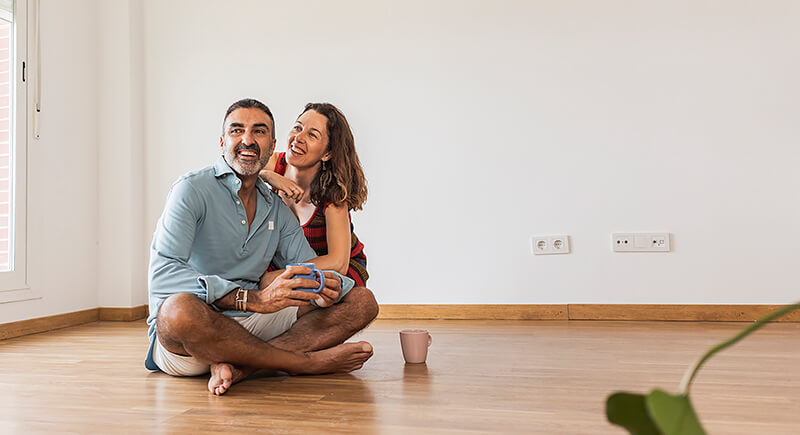
Credit: iStockphoto
Bone mass peaks around age 30, according to the University of Michigan Health Library, meaning what you do before and after that age matters. The act of transitioning to and from the floor engages muscles and mimics functional movements that can help maintain strength and coordination with age.
Helps Preserve Longevity and Mobility

Credit: iStockphoto
Can you get up from the floor without using your hands? A study found that the ability to stand from the ground without support is a strong predictor of longevity. Regularly practicing floor sitting keeps your legs strong, core engaged, and flexibility intact.
Lessens Pressure on the Knees
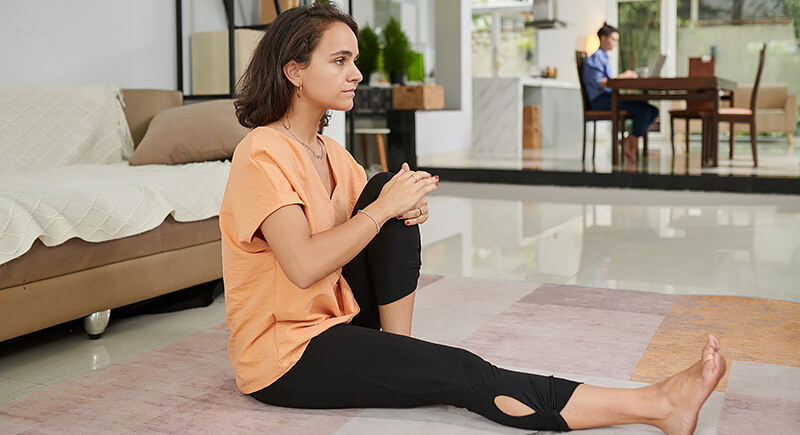
Credit: iStockphoto
While chairs force the knees into a 90-degree angle, sitting cross-legged or in a kneeling position allows for a wider range of motion. This variation helps reduce stiffness, increase joint flexibility, and prevent strain on the knee ligaments.
Builds Stronger Glutes and Thigh Muscles
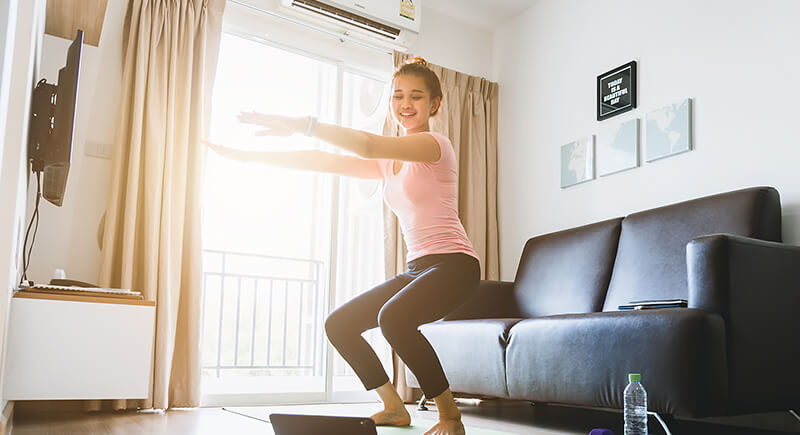
Credit: iStockphoto
Standing up from the floor engages the glutes, hamstrings, and quadriceps more than standing from a chair. This simple daily action builds leg strength, improves overall mobility, and makes other functional movements—like climbing stairs or squatting—easier and more efficient.
Puts You in a More Grounded, Relaxed State

Credit: iStockphoto
Sitting on the floor naturally brings you closer to the earth, which can have a calming effect on the mind and body. It’s no surprise that meditation and yoga practitioners often choose this position—it encourages mindfulness, reduces stress, and improves overall well-being.
Allows You to Remain Independent

Credit: iStockphoto
As we get older, mobility often declines, which leads to greater dependence on external support. But regularly sitting and standing on the floor reinforces the muscles and movement patterns needed for daily independence. Keeping this habit can make a significant difference in long-term quality of life.